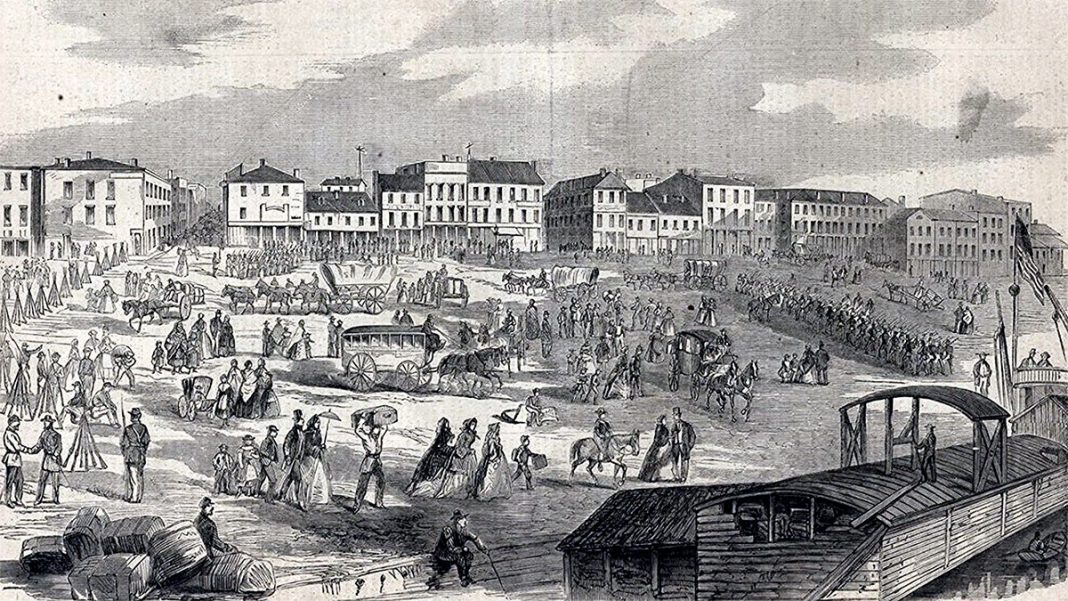At 380 square miles, Louisville is a big place. In those miles, it’s filled with a diverse range of people all facing different situations in life. So how well do we understand our fellow Louisvillians? Does an east-end suburbanite really understand what it’s like to hear gunshots on a near daily basis? How does a family in Fern Creek make sense of Shelby Park’s aspirations to remake its streets as two-way? Does the Downtown empty-nester consort with the servers and clerks who work their neighborhood cafes and stores?
Urban planners, sociologists, and others have been attempting to answer these kinds of questions for centuries. The first to examine the “individual” in a “society” was Alexis de Tocqueville in his 1840 second volume of Democracy in America:
Each person, withdrawn into himself, behaves as though he is a stranger to the destiny of all the others. His children and his good friends constitute for him the whole of the human species. As for his transactions with his fellow citizens, he may mix among them, but he sees them not; he exists only in himself and for himself along. And if on these terms there remains in his mind a sense of family, there no longer remains a sense of society.
The essential question here concerns the health of public life.
There has always been socio-economic disparity in cities, notably as the industrial revolution shook up fundamental views of urbanism in the 19th century. But our modern practice of building, especially in the suburbs, has taken the notion to a new extreme. Throughout the 20th century till today, we build for smaller and smaller socio-economic sub-types. You got a raise and make a little more than your neighbors? Time for an upgrade to a new neighborhood! We see neighbors more and more that are just like ourselves. Tocqueville argues that creates an isolation that reinforces our own perception of the world.
We’ve further designed our cities for isolation, creating streets filled with sound-proof, single-occupant vehicles. Drive throughs, parking garages, and television or internet bubbles can create a nearly complete isolation loop. It’s important to understand how these factors are affecting our sense of community, how we relate to our fellow citizens, and the kind of culture we’re promoting in our city.
There have been volumes written about Tocqueville’s quote and its implications today. Among those investigating is Richard Sennet, author and professor of sociology at the London School of Economics. In summing up Tocqueville, Sennett wrote:
This individualized withdrawal seems the perfect recipe for complacency: you take for granted people like yourself and simply don’t care about those who aren’t like you; more, whatever their problems are, it’s their problem. Individualism and indifference become twins.
Similarly, professor Robin Goodwin wrote in a 1974 paper on the topic:
Individualism… has culminated in an ideology that equates liberty with the absence of all bonds, all commitments, all restraints upon individual action… The ideology of individualism is so powerful that we… look on bonds as restraints; on values as opinions or prejudices; on customs as impositions.
This is a subject we’ve discussed before in relation to other topics, and one we’ll surely return to here at Broken Sidewalk. It’s at the heart of so many of the questions we must answer in deciding what kind of city we want to live in. What’s your take on Tocqueville, Sennett, and Goodwin? Share your thoughts in the comments below.


